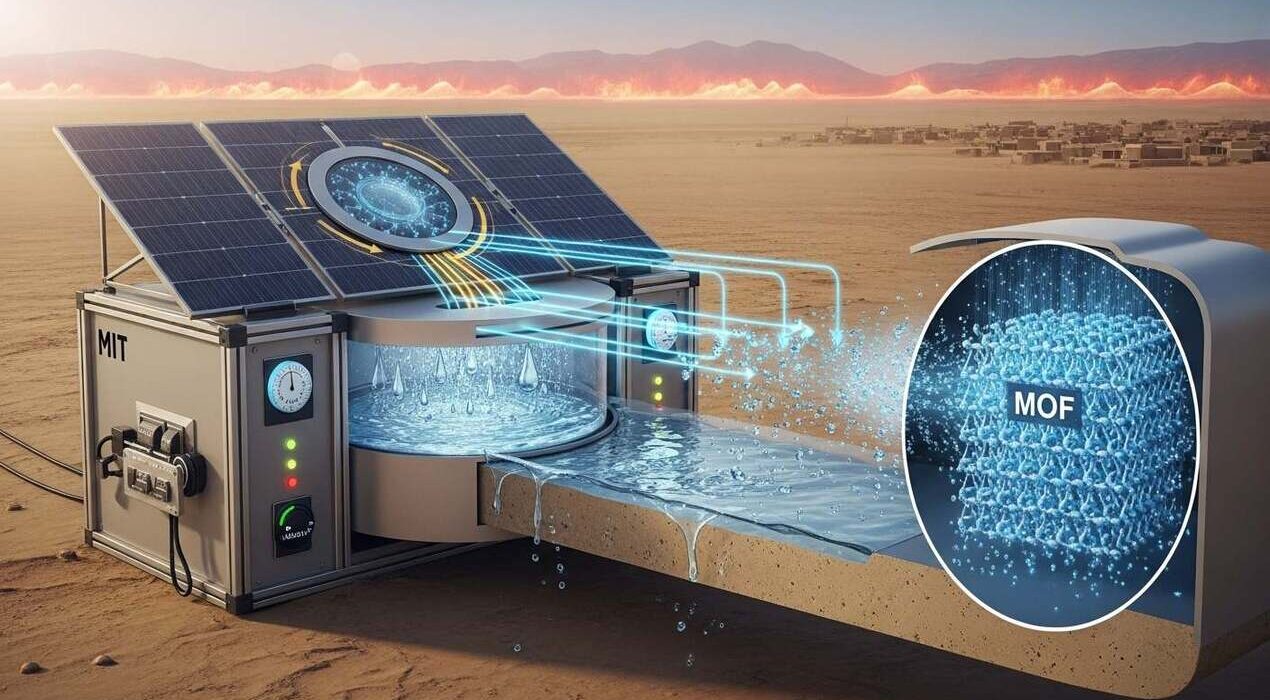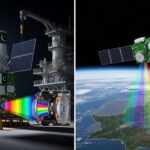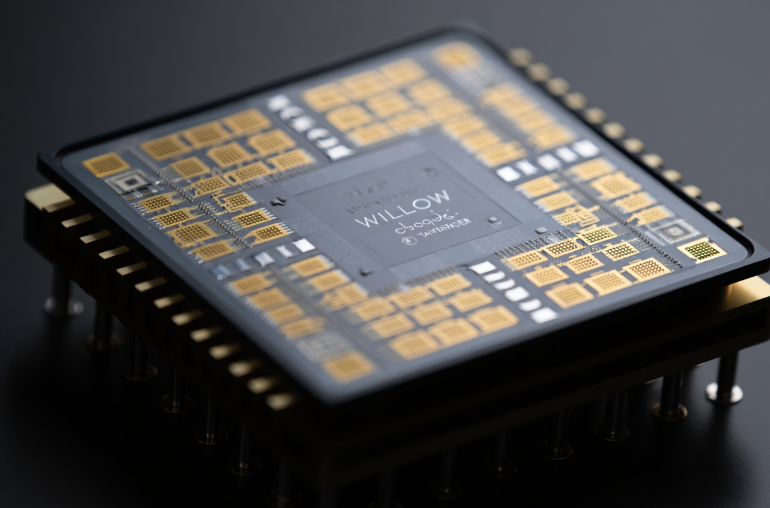MIT scientists have created a device that generates clean drinking water from air using only sunlight. The breakthrough comes from Dr. Evelyn Wang and her team. They designed the system with Metal-Organic Frameworks (MOFs), which trap and release moisture. Moreover, the device works even in the driest climates.
The process has two stages. At night, MOFs absorb vapor when the air is cool. Then, sunlight heats the material and releases the vapor. The water condenses into liquid form. As a result, the system can operate in humidity as low as 10%.
Unlike filtration or desalination, the device needs no electricity. It uses no moving parts and no large infrastructure. In addition, this independence from power grids makes it vital for disaster zones, off-grid families, and remote villages.
Prototypes have already shown promise. However, the challenge is scaling production. Scientists now focus on making it useful for homes and entire communities. On the other hand, they must also cut costs to ensure global access.
Dr. Wang explained that the technology proves water can be produced sustainably. Furthermore, it does not rely on rivers, oceans, or grids. This fact offers hope to the two billion people who still lack safe drinking water.
In conclusion, the MIT clean water device is more than futuristic. Instead, it represents a practical step toward solving one of the world’s most urgent crises.
MIT Solar Device Extracts Drinking Water From Air






